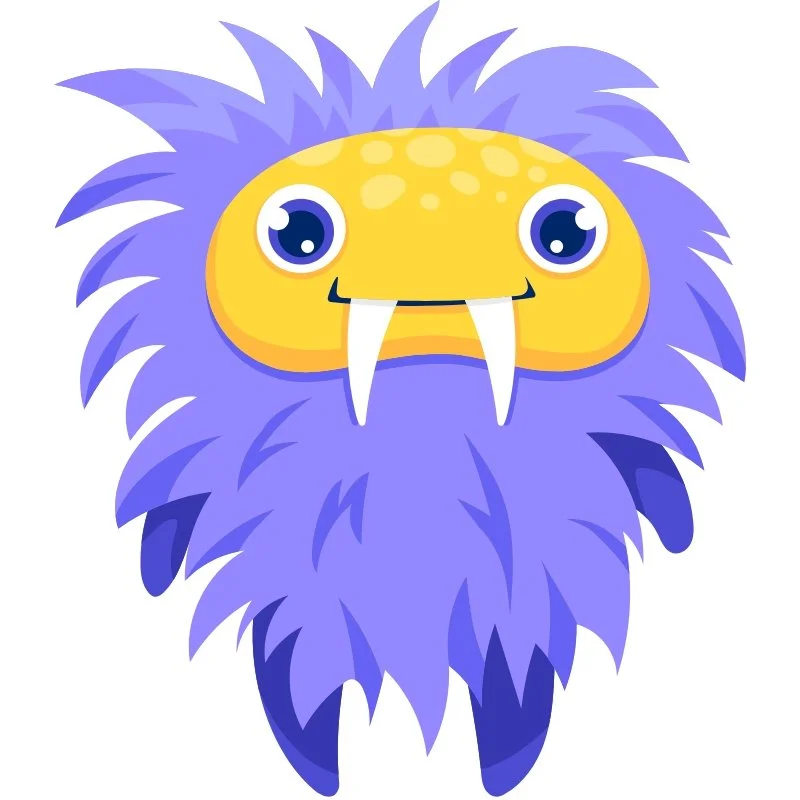Snurra – The Tactile Seeking and Texture Dependence Monster
Snurra is one of the Visiting Neuro Monsters. Snurra represents the craving for touch, texture, and physical sensation that soothes the nervous system while sometimes creating dependency. Known as the Tactile Seeking and Texture Dependence Monster, Snurra embodies the human need for sensory grounding and the challenge of overreliance on comfort objects, fabrics, or repetitive physical rituals. Within the Neuro Monsters Universe, Snurra reveals how touch can regulate emotion but also trap the body into patterns of dependence.
The Symbolic Role of Snurra
Snurra symbolizes the deep connection between touch and regulation. Its presence shows up when you reach for soft blankets, textured fabrics, weighted items, or repetitive rubbing of surfaces to calm yourself. Symbolically, Snurra represents the instinct to return to safety through tactile anchors. By naming Snurra you begin to see when touch is serving as healthy regulation and when it is preventing you from expanding into other forms of coping.
Snurra often appears as a creature wrapped in layers of fabric, constantly twirling, rubbing, or grasping at textures. This symbolic image reflects both the soothing embrace of touch and the risk of getting lost inside sensory loops. When you face Snurra with emotional neutrality, the comfort of texture can remain grounding without becoming confining.
Tactile Seeking in the Brain
In neuroscience terms Snurra is tied to the somatosensory cortex and the insula, brain regions that process touch and integrate sensory input with emotional awareness. Dopamine release reinforces the calming effect of tactile experiences, while oxytocin strengthens the sense of safety gained from touch. When these systems dominate, the nervous system begins to rely heavily on texture for regulation, making other strategies harder to access.
Snurra symbolizes this loop where sensory comfort becomes the primary pathway for calming. The result is a cycle of seeking specific textures for relief, sometimes at the expense of flexibility or resilience.
The Protective Instinct Behind Snurra
Although it can seem limiting, Snurra’s instinct is protective. Touch regulates the nervous system by grounding awareness in the body and signaling safety. It prevents overwhelm by providing immediate, reliable relief. The problem comes when reliance on textures reduces adaptability, leaving fewer tools for navigating stress. By seeing the protective purpose behind Snurra you can respect its instinct for safety while expanding your regulation toolkit.
Training with Snurra
Training with Snurra means honoring the need for tactile comfort while practicing new ways to regulate. Cognitive Neuro Therapy emphasizes naming the monster neutrally and creating small shifts that add variety without removing the comfort completely.
When Snurra appears you can practice the following steps. Notice the moment you feel the pull toward texture. Name it as tactile seeking rather than necessity. Allow yourself a few moments of comfort, then introduce a second regulating tool such as breath, movement, or sound. Experiment with replacing one texture ritual each day with a grounding practice that does not rely on touch.
Over time Snurra begins to shrink not by being eliminated but by being balanced. You learn that texture can be a supportive ally but not your only anchor. Snurra becomes a reminder that your body can find safety through touch and also through a wider range of regulation.


